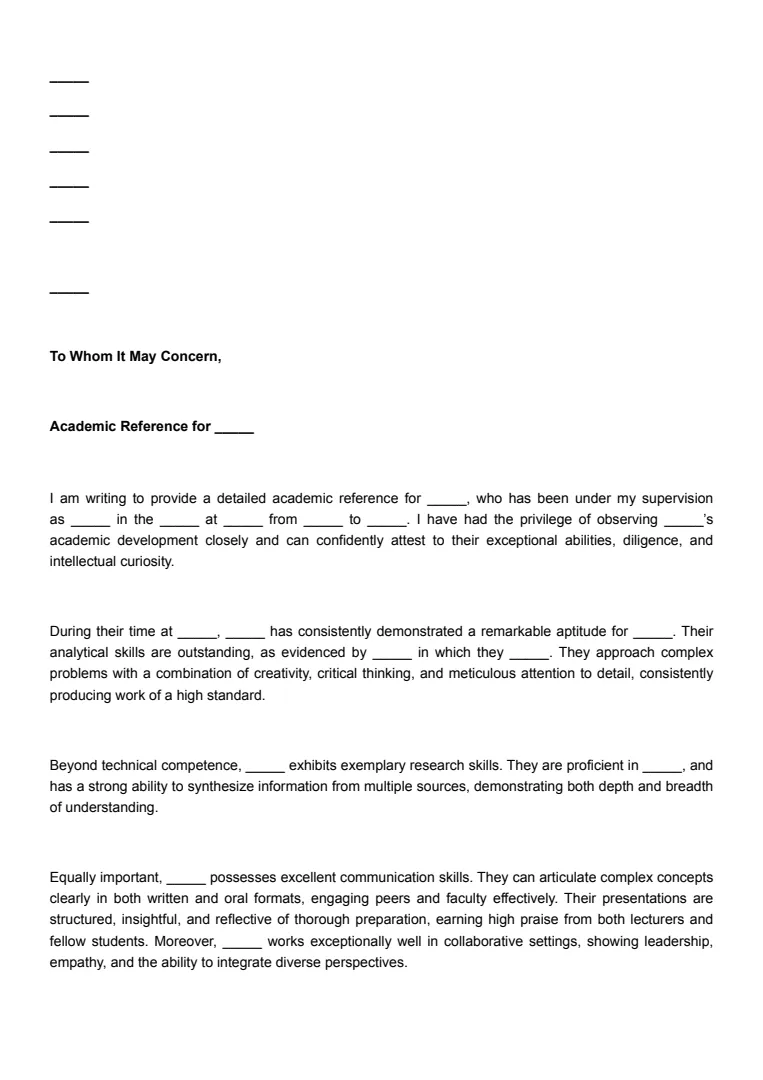What Is a Flexible Working Request?
A flexible working request is when you ask your employer to make changes to your work schedule or environment. You might request to change the number of hours you work or adjust your start and finish to suit your lifestyle better.
Imagine being able to work from home a few days a week or reducing the number of days you work to achieve a better work-life balance. These are examples of what a flexible working request could involve.
In the UK, all employees have a statutory right to request flexible working. This means you can formally apply for changes to your work conditions. This right is available from the first day of employment, giving you the opportunity to tailor your work life from the start.
A statutory flexible working request must be made in writing. It's important to specify that it's a statutory request and include details such as the date of the request and how you think the changes could impact your work.
Employers are required to consider these requests carefully. They must respond within two months and can only refuse a request if there are genuine business reasons to do so. This ensures that discussions are fair and transparent.
You can make two statutory requests within a 12-month period, but only one can be active at any given time. This allows some flexibility if your circumstances change during the year.
Whether you're seeking more time for family, studies, or other commitments, flexible working requests offer a way to adapt your job to fit your needs better. It's about finding a balance that works for both you and your employer.
When Is a Flexible Working Request Needed?
You might need to make a flexible working request if your current working pattern doesn’t fit well with your personal commitments or any lifestyle changes. If balancing work and personal life has become a juggling act, requesting a change in your work schedule or location could help.
Perhaps you’re returning from maternity leave and need a working arrangement to accommodate your new home responsibilities. In such cases, you could consider options like working fewer days, compressed hours, or job sharing.
A flexible working request can also be needed if you’re pursuing further education or training. Adjusting your working hours might give you the necessary time for classes or study sessions.
Illness or disability can affect your ability to work fixed hours or in a specific location. You might need to request flexibility to accommodate health appointments, manage fatigue, or create an environment that supports your physical needs.
Changing circumstances, such as an increased caregiving role for a family member, might also prompt a need for flexibility. Adjusting your hours or working from home could be crucial for managing these responsibilities effectively.
If you've previously applied for a flexible working request, consider how your needs have evolved. Your previous application might offer insights into what adjustments worked or what new changes are required.
How to Write a Flexible Working Request
Here, we’ll go through the steps to writing a flexible working request to suit your needs and requirements best.
Step 1: Understand Your Needs
Before writing your request, think about why you want flexible working. Consider the changes you're seeking, like adjusting your hours, working from home, or altering your start and end times.
Be clear about how these changes will benefit both you and your employer. This clarity makes your request stronger and more convincing.
Step 2: Check Eligibility
Ensure you have the right to request flexible working.
In the UK, all employees can ask for flexible working from their first day of employment. This right, however, can differ depending on your employer’s policies, so it’s good to double-check beforehand.
Step 3: Format the Request
Use a flexible working request template to guide you. If your company has a specific format, follow that.
Generally, your request should start with a statement saying it is a statutory request. Include the date and a detailed description of your current working pattern alongside the changes you want.
Step 4: Include Justifications
Explain how the changes will positively impact your work and that of your team or department.
Describe potential solutions to issues your request might cause. Show that you’ve thought about the broader picture and how to keep productivity and collaboration unaffected.
Step 5: Submit the Request
Once your document is ready, send it to your employer via the preferred method, like email or a printed letter.
Keep a copy for your records. Consider asking for a confirmation of receipt to ensure it reaches the right person.
Step 6: Be Prepared for Discussion
After submission, be ready to discuss your request in more detail.
Your employer may have questions or concerns, so prepare to address them with the same clarity and detail you've put into your written request.















